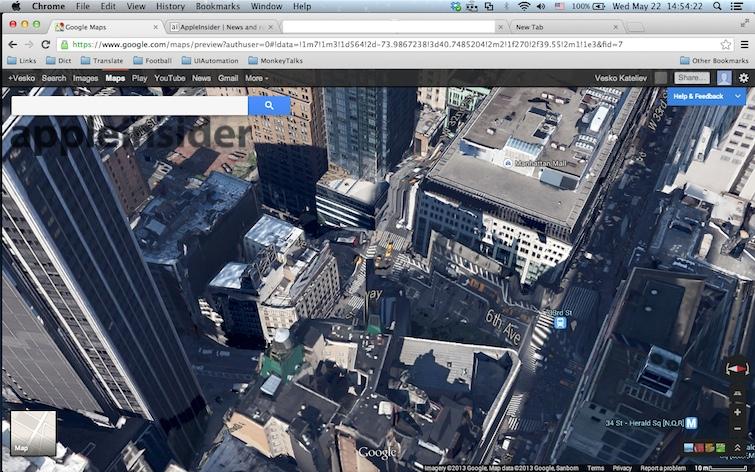

Although this makes it really easy to print out a map, it also presents a really distorted image of the Earth. Until the upgrade, Google Maps used Mercator projection, which projects the planet onto a flat surface.

Just zoom all the way out at ? /CIkkS7It8d The majority of our users are looking down at the street level for businesses, directions, etc… so we’re sticking with this projection for now.With 3D Globe Mode on Google Maps desktop, Greenland's projection is no longer the size of Africa. While this distorts a ‘zoomed-out view’ of the map, it allows close-ups (street level) to appear more like reality. In an answer to a query on Google Maps & Earth Help forum, Joel H wrote, “The first launch of Maps actually did not use Mercator, and streets in high latitude places like Stockholm did not meet at right angles on the map the way they do in reality. Wondering why Mercator maps are being used in spite of displaying a distorted image of the Earth? A Google employee answered this for us in 2009 saying it helps them in preserving the angles of the roads. Whereas in reality, Africa is 14 times larger than Greenland. Although it is a highly popular style that makes it simple to print, what it projects is a highly distorted image of the Earth.įor instance, with Mercator projection, the size of Greenland and Africa appear to be the same. Till now, Google Maps used Mercator projection – which displayed the Earth like a flat surface. On mobile, you’ll have to still keep up with the flat surface. The tweet said that with the Google Maps’ new 3D globe mode, “Greenland’s projection is no longer the size of Africa.” However, it is notable that the update is only available on desktop as of now. The technology giant announced the update via Google Maps Twitter feed. Just zoom all the way out at 😎🌍 /CIkkS7It8d With this update, Google Maps will be able to depict places more accurately. If you now zoom all the way out on Google Maps, the Earth will be displayed as a globe and not as a flat surface.


 0 kommentar(er)
0 kommentar(er)
